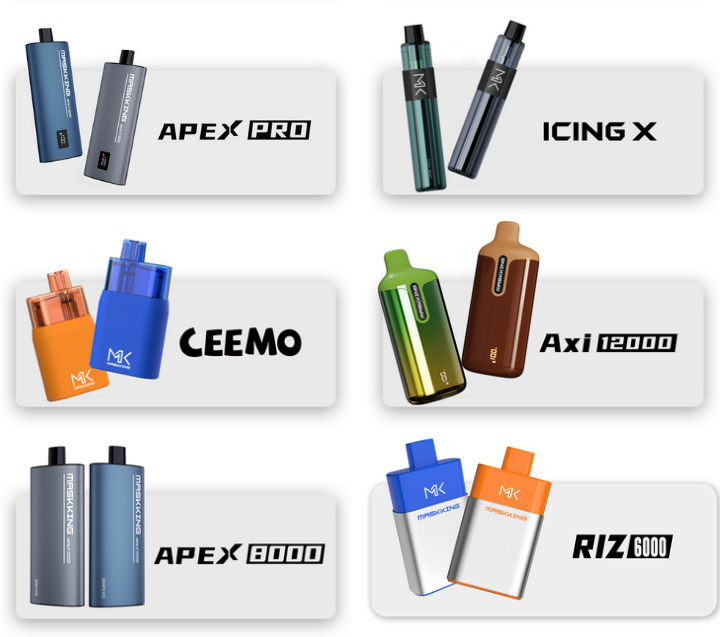In recent years, the landscape of nicotine delivery has undergone a significant transformation, with disposable vapes emerging as a prominent and controversial player in this evolving market. These compact, single-use devices have swiftly garnered attention for their ease of use, diverse flavor offerings, and perceived reduction in harm compared to traditional tobacco products. As the popularity of disposable vapes continues to soar, it becomes imperative to delve into their mechanics, appeal, potential health implications, and the broader societal and regulatory context in which they exist.

Disposable vapes, also known as disposable e-cigarettes or "vape pens," represent a pivotal shift in the way nicotine is consumed. Unlike their reusable counterparts, these devices are designed for one-time use and then discarded, eliminating the need for charging, refilling, or maintenance. This user-friendly approach has made them particularly attractive to young adults, smokers seeking to quit, and those curious about vaping but hesitant to invest in more complex setups.
The surge in their popularity is not without reason. Disposable vapes offer a discreet, portable, and often more affordable alternative to traditional smoking. With a myriad of flavors ranging from mint to mango, they cater to a wide array of tastes, further broadening their appeal. Moreover, marketing strategies that emphasize their convenience and perceived safety have played a crucial role in their rapid adoption.
However, the rise of disposable vapes also brings with it a host of questions and concerns. From the potential health risks associated with their use to the environmental impact of millions of discarded devices, the implications of this trend are multifaceted. Research into the long-term health effects of vaping is still ongoing, with some studies suggesting potential risks to respiratory health, cardiovascular health, and nicotine addiction.
As the market for disposable vapes continues to grow, so too does the need for comprehensive regulation and consumer education. Governments and health organizations are grappling with how to balance the potential benefits of these products as harm reduction tools against the risks they pose, particularly to vulnerable populations such as youth.
This article aims to provide a comprehensive exploration of disposable vapes, examining their design, appeal, and the complex web of issues surrounding their use. By understanding the science behind these devices, their impact on public health, and the broader societal implications of their proliferation, we can better navigate this rapidly changing landscape and make informed decisions about our health and well-being.
Join us as we unravel the story of
disposable vapes, from their meteoric rise to the challenges and opportunities they present in the quest for a safer, healthier future.

